What the energy transition may bring for five battery metals – report
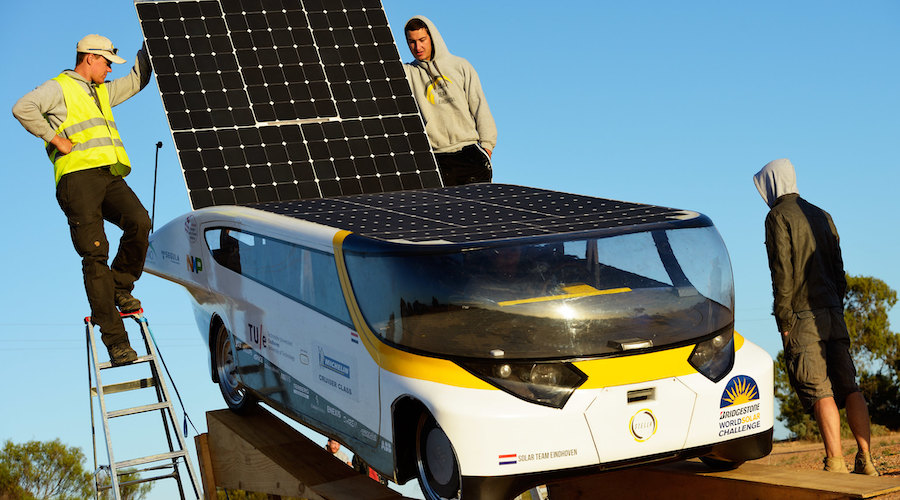
ING Economics has published a new report in which its experts predict what the ongoing energy transition might bring for five key metals – copper, aluminum, nickel, cobalt, and lithium.
Taking into consideration where different regions of the world stand when it comes to moving towards a low-carbon future where global warming is limited to 2 degrees Celsius, ING’s analysts developed three scenarios that they use as a background to assess the possible performance of battery metals.
The ‘fast forward scenario’ represents a world of rapid change towards a more sustainable future, in which technology and policy reinforce each other to phase out fossil fuels and limit global warming to 2 degrees Celcius.
The ‘wait-and-see scenario,’ on the other hand, would see the majority of businesses continue to operate as normal, boosting emissions and global warming, which could increase by 3-5 degrees Celcius by the end of the century.
Finally, the ‘likely tech scenario’ pictures a plausible path for the global energy transition and corresponding metals demand.
Copper demand will always grow
Looking at each commodity separately, ING believes that copper demand will benefit from a growing share of electric vehicles, along with more renewable infrastructure and investment in the grid.
At present, infrastructure – which includes transmission and distribution networks, as well as telecommunication networks – makes up 16% of the copper demand, while transportation is responsible for 13%, most of it required from road transportation, although there is also a sizeable amount that goes towards railroads and shipping.
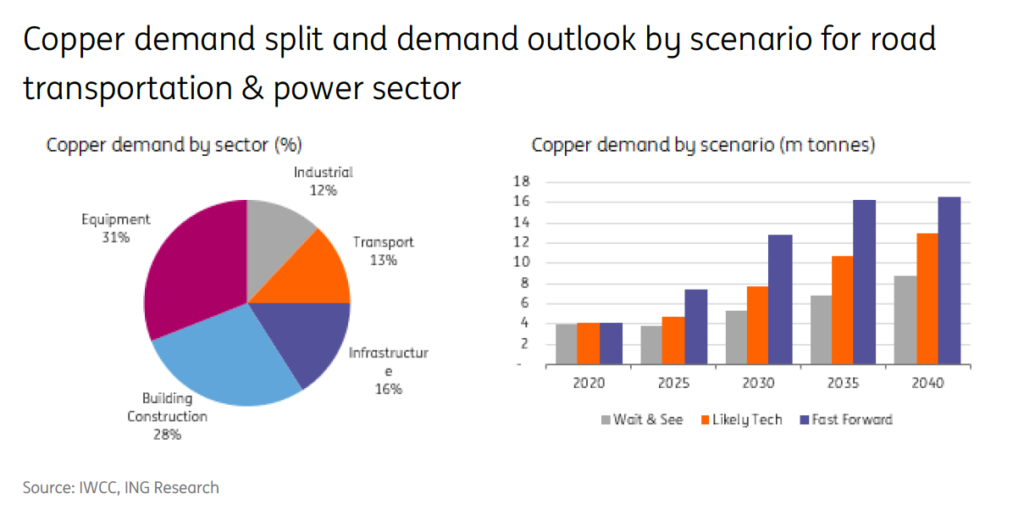
“Under our ‘wait & see’ scenario, copper demand from road transportation and the power sector grows by 117% between 2020 and 2040, equivalent to a compound annual growth rate of 3.9%,” the report reads.
“Copper demand grows at an annual rate of 6% under our ‘likely tech’ scenario, while under our most aggressive scenario, ‘fast forward’, demand from these two sectors grows at a CAGR of 7.2% to total almost 17mt by 2040.”
Currently, global consumption of the red metal is estimated at almost 29mt, growing at a compound annual rate of 1.97% between 2012 and 2019. Equipment and building construction are the largest end-users of copper, making up 31% and 28% of total demand, respectively.
Aluminum’s weight plays in its favour
Including secondary aluminum, annual consumption of the metal totals around 90mt with the largest end-user being transportation, making up 25% of total demand and followed closely by construction and electrical, which are responsible for 24% and 12%, respectively.
According to ING, aluminum is already benefitting from the energy transition as the push towards lightweighting to improve vehicle efficiency, particularly when it comes to EVs, has increased demand.
Similarly, increased wind and solar deployment in the power sector is also accelerating aluminum demand because both its lighter weight and cost advantage make it a preferable option over copper.
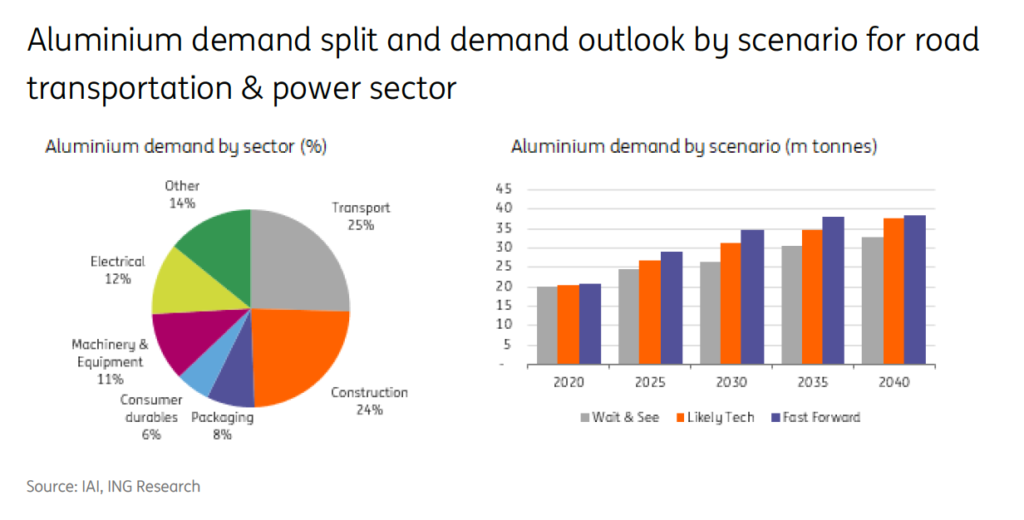
The market analyst’s review found that almost all above-ground transmission and distribution lines will use aluminum in the near future, with a larger share of aluminum cables likely to be used underground given its cheaper price.
“While there will be significant growth in aluminum demand from EVs, there will be a displacement from reduced ICE vehicle sales. Therefore demand growth for total road transportation will be much more modest than the growth seen from the EV segment,” says ING.
“Our ‘fast forward’ scenario sees aluminum demand from road transportation and the power sector grow by a little over 3% per annum between now and 2040, or from a little more than 20mt to 38mt by 2040. Our ‘likely tech’ scenario sees similar annual growth over the period, while under our ‘wait & see’ scenario, demand grows at an average of 2.5% per year.”
New market for nickel
Despite the growing importance of the EV sector, the battery industry still makes up a small proportion of nickel demand at just 6% of the 2.4mt currently used worldwide.
Nickel demand is dominated by stainless steel at 70% and ING believes that this will continue to be the case, given its increased use in renewable infrastructure.
“Nickel demand from road transportation and the power sector grows by 13.2% per annum between now and 2040 under our ‘wait & see’ scenario, 15.3% per annum under our ‘likely tech’ scenario and 16.8% in our ‘fast forward’ scenario,” the report reads.
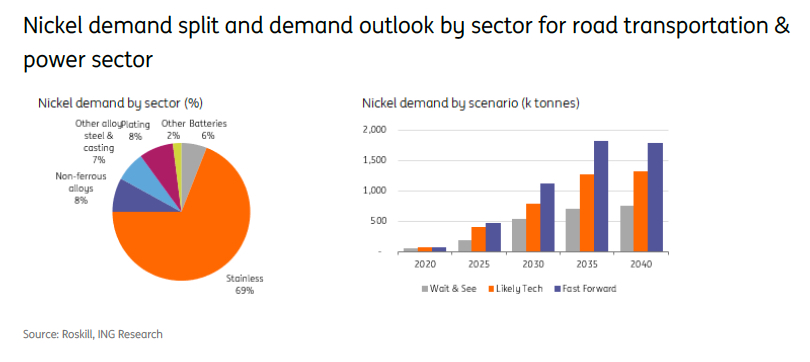
EVs back up lithium demand
Although technology advances are considered a risk to any bullish demand outlook for lithium, ING’s document states that the upward trend in lithium demand – currently at 290kt LCE – will continue to take place, mostly driven by electric vehicle sales.
“The power sector will see growth from a build-up in stationary energy storage capacity but the absolute numbers are a fraction of what will be seen in electric vehicles,” the report reads. “Under our ‘wait & see’ scenario, we see total lithium demand from EVs and the power sector growing by 13% p.a. through until 2040. While under our ‘fast forward’ scenario, annual demand growth will be around 14% to leave demand from these two sectors at 1.6mt LCE by 2040.”
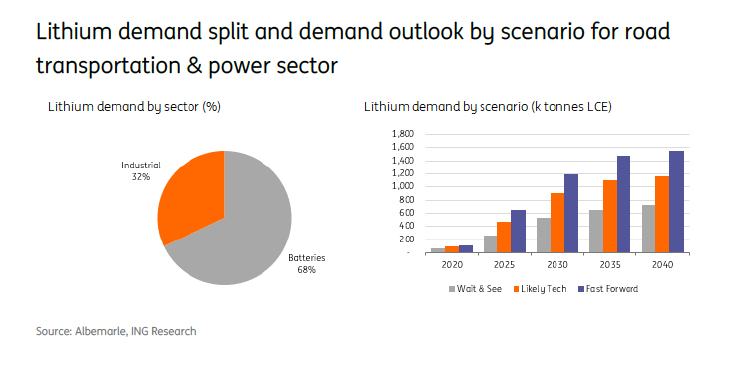
Cobalt uncertainty
Under all of ING’s scenarios, cobalt demand – which currently stands at around 135ktpa – will be largely driven by the transportation sector, while the power sector sees much more modest demand.
Exact predictions, however, are considered tricky by the market analyst taking into consideration that 66% of the current supply comes from the Democratic Republic of Congo, which causes concern in the EV industry given the social and environmental risks linked to artisanal cobalt mining in the country.
Such concerns have spurred a push to reduce the use of cobalt in lithium-ion batteries and even produce cobalt-free batteries. This means that the battery chemistry used in future is a key uncertainty when it comes to forecasting cobalt demand.
“Under our ‘fast forward’ scenario, we forecast that cobalt demand from road transportation and the power sector grows at an annual rate of 13.6% through until 2040,” the review states. “Demand under the ‘likely tech’ scenario grows at a CAGR of 13.2%, while under our most pessimistic scenario, ‘wait & see,’ cobalt demand grows by 12.8% per year.”
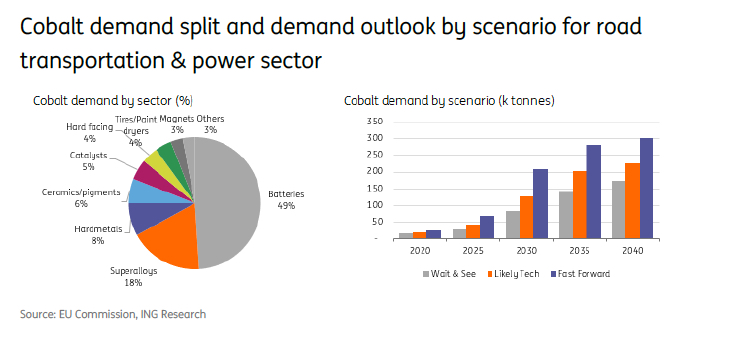
{{ commodity.name }}
{{ post.title }}
{{ post.date }}


Comments
Benny Boy
And they skip the nr 1 metal that will benefit the most from the green techs. Which is Tin and it’s just 800 Tons left of it in London. Tin is in lithium batteries as well besides all the soldering.